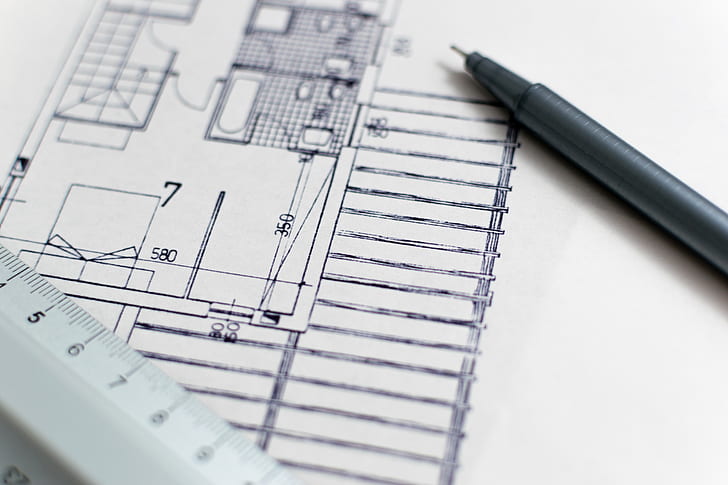Practical Considerations Duty to Defend – Understanding the Current Law

By Jim Castles
For a number of years, the rules regarding indemnity and the duty to defend seemed to be in flux. The Courts tried to make the law clearer under the Crawford v. Weather Shield (2008) and UDC v. CH2M-Hill (2010) cases but clients remained confused and concerned about their respective indemnity and duty to defend obligations emanating from their contracts. Each case turned on the specific language of the indemnity provision in the relevant contract. Two statutes, however, now make the rules crystal clear as to all construction contracts and amendments. One statute (Civil Code section 2782.8 applies to contracts for design professional services entered into after January 1, 2018. The other statute (Civil Code section 2782.05) covers construction contracts entered into after January 1, 2013 and relates to the duties of subcontractors with regard to the duty to defend and indemnify.
Civil Code section 2782.8 related to design professionals: Pursuant to this code section, indemnity provisions that purport to indemnify an indemnitee by a design professional against liability for claims against the indemnitee are unenforceable except to the extent that the claims against the indemnitee arise out of, pertain to, or relate to the negligence, recklessness or willful misconduct of the design professional. The key provision is the following: “In no event shall the cost to defend charged to the design professional exceed the design professional’s proportionate percentage of fault.” There is a small exception where one or more defendants may be unable to pay its share of the defense costs because of bankruptcy or dissolution of a business in which case the defense costs are to be allocated fairly among the other indemnitors. Importantly, the protections of this code section cannot be waived or modified by contractual agreement.
Indemnity situations typically arise for design professionals when a contractor sues an Owner for unpaid changes to the work; delay; etc. and the Owner has an indemnity provision in its contract with the Architect or with other engineering disciplines. Also, if the Architect is sued directly by an Owner or has an indemnity claim brought against him, the Architect may have indemnity provisions in its contracts with the engineering subconsultants.
It is recommended that if a design professional receives a claim that may trigger a contractual indemnity provision against another design professional, a tender of defense should still be sent citing to the contractual provision. The party whose services are being challenged is the best party to defend against those charges. The Owner may be sued by the Contractor asserting cost overruns and delays related to design deficiencies in various disciplines. While the Architect is well suited to defend those issues that relate to the architectural services, certainly the structural engineer, mechanical engineer, etc. are best suited to defend those issues that relate to their services. Therefore, the Architect should make a tender at the earliest possible time to engage these other disciplines in the defense. The Architect, as the lead design professional, will need to coordinate the design team’s defense; arrange for a Joint Defense Agreement; etc. Also, you want to avoid getting into an argument with the subconsultants that because the tender was not made as soon as possible, the duty to defend did not yet arise and, therefore, the engineering discipline should not be liable for its proportionate share of defends expenses incurred prior to the date of the tender or that the expenses incurred prior to the tender were exorbitant and unnecessary. Neither of these arguments should prevail but it is easier to just avoid them by making a tender as soon as the Architect is aware of facts giving rise to the tender.
Also, once the tender is made, if it is not accepted and the subconsultant does not step in and assume the defense of all issues that implicate the subconsultants’ services, it is recommended that you attempt to allocate fees/costs as they are being incurred to the various subconsultants. If, for example, a tender is made to the mechanical engineer and the engineer declines the tender, whenever your counsel is working on mechanical issues, his/her time should be specifically allocated to those issues and the mechanical engineer. Many issues will overlap and relate to all disciplines such as attending a Case Management Conference. In such instance, the attorney’s time can be split among the design team based on the number of design team members whose services have been implicated by the claim. Where, however, specific activities relate solely to one discipline or a few disciplines, it is recommended that these be specifically allocated. At the end of the case, particularly when cases settle, the architect can then present each subconsultant with an accounting of the fees/costs that were incurred related to the defense of that subconsultant’s services.
At the end of the day, what this code section does is that it eliminates situations where design professionals had to pay defense costs that exceeded their proportionate share of fault because of the wording of their contractual indemnity provisions. For contracts entered into after January 1, 2018, this can no longer happen.
Civil Code section 2782.05 related to subcontractors:
Pursuant to this code section, a subcontractor shall owe no defense or indemnity obligation to a general contractor … for a claim unless and until the general contractor … provides a written tender of the claim, or portion thereof, to the subcontractor that includes the information provided by the claimant or claimants relating to the claims caused by that subcontractor’s scope of work. In addition, the general contractor … shall provide a written statement regarding how the reasonable allocated share of fee and costs was determined. The written tender shall have the same force and effect as a notice of commencement of a legal proceeding.” It would appear from the code section that unless a proper tender is made as prescribed by the section, the tender will be deemed to be improper and, therefore, the duty to defend and pay defense fees will not be triggered. This could make a huge difference in the amount that ultimately will be owed under such an indemnity and duty to defend provisions. Contractors would we well advised therefore to strictly follow the requirements of Civil Code section 2782.05 when making a tender.
Jim Castles


